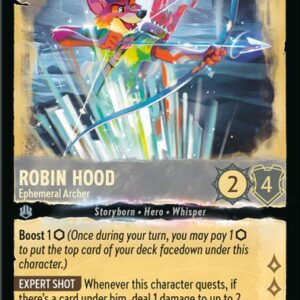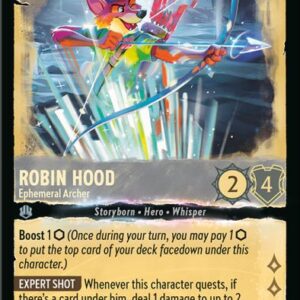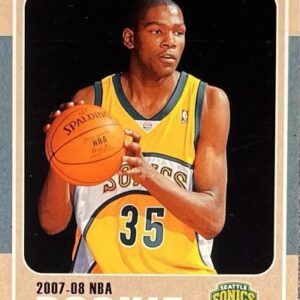Picture this: It’s a leisurely evening in your kitchen, your trusty Commander deck shuffled and ready, the buzz of anticipation in the air as you’re sitting down for another epic session with your Magic: The Gathering group. Suddenly, from the most unlikely corner of the multiverse, Spider-Punk slingshots his rebellious vibe and thwarts the best-laid plans of Wizards enthusiasts everywhere. This unassuming anarchistic weaver of webs is threatening to rewrite the rulebook on your beloved Commander format, shifting the conversation in a twangier, rocked-out new direction.
At first glance, his casting cost of just two mana seems innocuous enough. By MTG standards, he might pass as an adherent to the “fast and furious” school of card design. His Riot ability allows him to either hit the battlefield with haste or a formidable +1/+1 counter. Yet, that’s merely the sprinkles on this guitar-wielding cupcake of chaos. It’s his more subversive abilities that have sent waves through the community: the rule that, once Spider-Punk enters the fray, no spells or abilities can be countered, and damage becomes as inevitable as taxes and Disney remakes.
Imagine the uproar. Cards like Counterspell and Teferi’s Protection, once bastions of strategic planning, reduced to bystanders. This rock and roll twist strips the safety net from beneath blue players, leaving them gasping like spell-casters plummeting through the narrative chasms of the Plane of Ravnica. With Spider-Punk prowling the battlefield, even a card as powerful as The One Ring loses its untouchable sheen.
Given the divisive nature of his effect, the community’s reaction is as mixed as Spider-Man’s own bag of surprises. For some battlers, Spider-Punk is a brazen guitar riff in an otherwise predictable classical symphony—the kind of bold, red-hued disruption they’re eager to embrace. Others, wary of unguarded potential rewards offered to their foes, accuse him of being more oil-slicked than valuable. Once your turn ends, Spider-Punk bestows the same counter-free, damage-friendly environment on your adversaries, ready and eager to slam the instant-speed threats right back at your deck.
Nonetheless, the buzz surrounding Spider-Punk has sparked a veritable inferno of demand, burning bright with sales figures that have dealers grinning like mischievous Cheshire cats. Regular editions of the card are already threatening wallets in the low twenties, while foil versions are fanning the flames, ranging into the sixties. Add a splash of borderless edition excitement, and you’re looking between forty-eight and fifty-five dollars—a suitable price for the chaos this punk rock arachnid can conjure.
But there’s more hidden in the archive of the Spider-Man Magic set than Spider-Punk’s game-changing potential. Enter the spotlight: The Soul Stone, fiercely contested as the set’s top chase card. It’s not just any shiny pebble—this indestructible mana rock doubles as a reanimation engine, sending ripples of excitement (and intrigue) about its applications. Meanwhile, Doctor Octopus stands ready in the ranks as a potential Villain tribal commander, melding card draw with his many-tentacled flair. And not to be outdone, the notorious Green Goblin introduces Mayhem, a discard-focused ability that flips discarded cards into playable threats—an enticing prospect for deck builders who revel in chaos and surprise.
No preconstructed Commander decks? No problem. This unconventional outing has delivered an assortment of intriguing possibilities, with Spider-Punk leading the charge and setting a tantalizingly unpredictable tone. Across playgroups everywhere, the ramifications of his presence are sure to manifest in the form of reimagined strategies, twists in established metagame hierarchies, and late-game scenarios as deliciously chaotic as a Gwen Stacy drum solo.
With Magic: The Gathering constantly evolving and expanding into new themes, alternate universes, and collaborations, Spider-Punk’s arrival is a sharp reminder of the unexpected turns the multiverse can take. Whether you’re an excited fan of this gritty, guitar-slinging manifestation or a traditionalist grumbling from beneath the safe umbrella of counterspells, there’s no denying the new dimensions he opens up for the Commander format. Just as eight-legged heroes surprise us in comic lore, they too can redefine what’s possible on the MTG battlefield. Here we stand, bracing for an exciting, wild ride through the tangled, neon-fueled web of possibilities.





